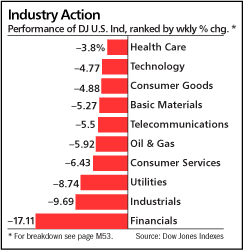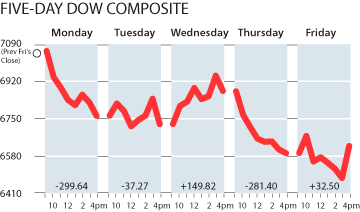By N. GREGORY MANKIW
Published: November 4, 2007
WITH the health care system at the center of the political debate, a lot of scary claims are being thrown around. The dangerous ones are not those that are false; watchdogs in the news media are quick to debunk them. Rather, the dangerous ones are those that are true but don’t mean what people think they mean.
Here is the first of three true but misleading statements about health care that politicians and pundits love to use to frighten the public:
STATEMENT 1 The United States has lower life expectancy and higher infant mortality than Canada, which has national health insurance.
The differences between the neighbors are indeed significant. Life expectancy at birth is 2.6 years greater for Canadian men than for American men, and 2.3 years greater for Canadian women than American women. Infant mortality in the United States is 6.8 per 1,000 live births, versus 5.3 in Canada.
These facts are often taken as evidence for the inadequacy of the American health system. But a recent study by June and Dave O’Neill, economists at Baruch College, from which these numbers come, shows that the difference in health outcomes has more to do with broader social forces.
For example, Americans are more likely than Canadians to die by accident or by homicide. For men in their 20s, mortality rates are more than 50 percent higher in the United States than in Canada, but the O’Neills show that accidents and homicides account for most of that gap. Maybe these differences have lessons for traffic laws and gun control, but they teach us nothing about our system of health care.
Americans are also more likely to be obese, leading to heart disease and other medical problems. Among Americans, 31 percent of men and 33 percent of women have a body mass index of at least 30, a definition of obesity, versus 17 percent of men and 19 percent of women in Canada. Japan, which has the longest life expectancy among major nations, has obesity rates of about 3 percent.
The causes of American obesity are not fully understood, but they involve lifestyle choices we make every day, as well as our system of food delivery. Research by the Harvard economists David Cutler, Ed Glaeser and Jesse Shapiro concludes that America’s growing obesity problem is largely attributable to our economy’s ability to supply high-calorie foods cheaply. Lower prices increase food consumption, sometimes beyond the point of optimal health.
Infant mortality rates also reflect broader social trends, including the prevalence of infants with low birth weight. The health system in the United States gives low birth-weight babies slightly better survival chances than does Canada’s, but the more pronounced difference is the frequency of these cases. In the United States, 7.5 percent of babies are born weighing less than 2,500 grams (about 5.5 pounds), compared with 5.7 percent in Canada. In both nations, these infants have more than 10 times the mortality rate of larger babies. Low birth weights are in turn correlated with teenage motherhood. (One theory is that a teenage mother is still growing and thus competing with the fetus for nutrients.) The rate of teenage motherhood, according to the O’Neill study, is almost three times higher in the United States than it is in Canada.
Whatever its merits, a Canadian-style system of national health insurance is unlikely to change the sexual mores of American youth
The bottom line is that many statistics on health outcomes say little about our system of health care.
Subscribe to:
Post Comments (Atom)


No comments:
Post a Comment